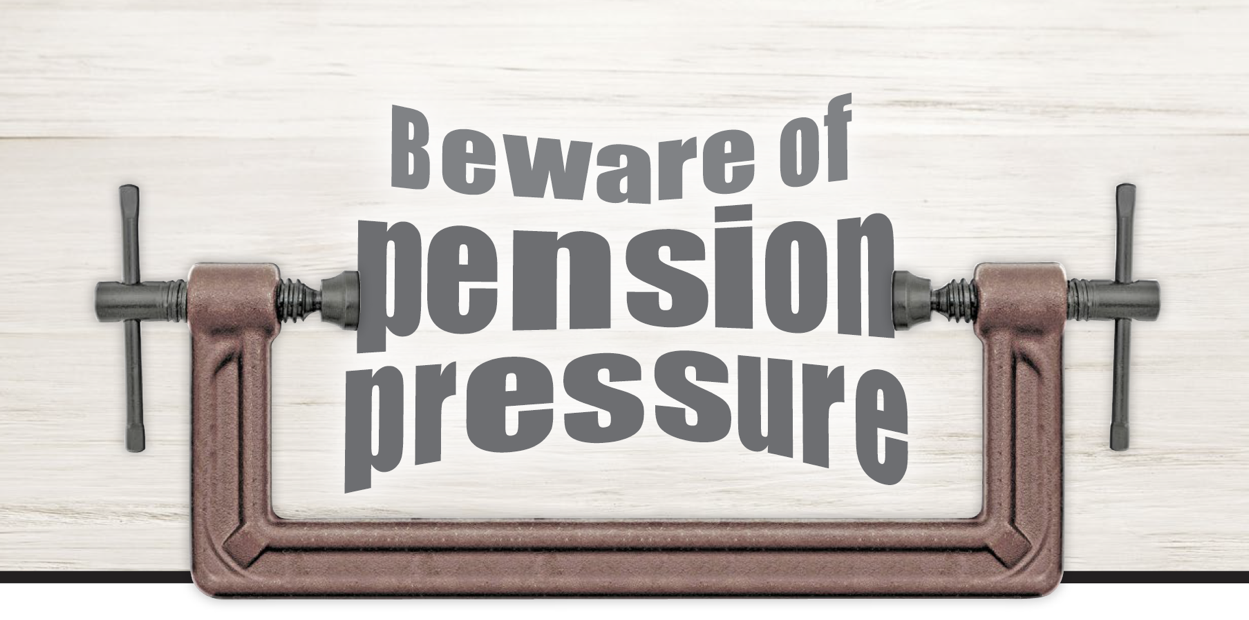Changes to the pension assets test that came into force on January 1 have resulted in some retirees losing some, or all, of their pension entitlements.
The big question now is whether the tighter assets test will encourage people to change the way they plan and behave in the years leading up to retirement to qualify for the age pension.
Human nature being what it is, people tend to worry more about a financial loss than they do about missing out on a potential financial gain. This is a common decision-making error described by behavioural experts in prospect theory1 When you apply this fear of loss to the tightening of the pension assets test, there is a danger that people could become so worried about losing even a few dollars of age pension that they make knee-jerk financial decisions that leave them worse off in the long run.
Tighter assets test
Under the new rules, retirees will lose $3 a fortnight for every $1,000 in assets they hold above a certain threshold, up from $1.50 under the previous rules. Even though the thresholds are higher, allowing more people to qualify for a full pension, fewer middle and higher income earners will qualify for a part pension.
It’s tempting to reduce your assets
The obvious solution is to reduce your assets, right? Maybe not, if doing so means you end up shooting yourself in the foot.
On the surface, getting rid of assets may be tempting, especially for anyone near the upper asset threshold. Single homeowners lose the part pension once their assets total $542,500 ($742,500 for non-homeowners), for homeowning couples the upper threshold is $816,000 ($1,016,000).
The incentive for reducing assets is that retirees stand to gain $3 in pension per fortnight (or $78 a year) for every $1,000 of assets they use up. The argument goes that every $100,000 of assets you enjoy spending today is worth an extra $7,800 a year in pension.
That’s equivalent to a return of 7.8 per cent, far better than money in the bank.
Asset thresholds to receive partial pension

Source: Department of Human Services
Spending money to earn money
There are lots of ways pre-retirees could choose to use up some of their assets to qualify for the age pension. After all, as the saying goes, you can’t take it with you. You could take a big trip, pour money into renovations or buy a more expensive house (the family home is exempt from the pension assets test). Or you might decide to give the kids and grandkids part of their inheritance early (under the gifting rules assets given away five or more years before pension age are not counted in the assets test).
Don’t leave yourself short
Of course, there is nothing wrong with any of these decisions if you are confident that they won’t leave you short of funds in retirement.
But if the sole aim is to maximise pension entitlements, you could well be selling yourself short. For one thing, it ignores the potential opportunity to sell assets in retirement to supplement your income when needed.
The goal of retirement planning is to accumulate enough assets during your working life to provide a comfortable standard of living for what could be 30 years or more of retirement. For all but the very wealthy, this will most likely be achieved by progressively drawing down capital to supplement a superannuation pension and part age pension.
Such a strategy is likely to result in higher standard of living in retirement, especially in the early years while you are fit and healthy and may want to travel. Then, if your savings expire before you do, there is always the full age pension to fall back on. But if you run down your assets with the sole objective of qualifying for the pension, your choices could be limited.
Asset rich, income poor
Take the example of a couple who embark on extensive renovations to reduce assets and qualify for the pension. Because their home is exempt from the pension assets test, they may be reluctant to downsize to more appropriate housing when they become less mobile or they can no longer afford the maintenance on a large home and garden. This is a recipe for ending up asset rich but income poor in retirement.
When the car needs replacing or they want to continue their pre-retirement standard of living, their only options may be to go into debt or take out a reverse mortgage. Both options are generally viewed as a last resort, especially if you want to leave an inheritance for the kids.
Everyone’s retirement aspirations and financial circumstance are different. But in the long run, a strategy that maximises your sources of readily accessible cash in retirement, rather than focusing on a single income stream, is more likely to provide a comfortable and worry-free lifestyle.
If you would like to discuss your retirement income needs, don’t hesitate to call.
- Prospect Theory https://psychologydictionary.org/prospect-theory/

